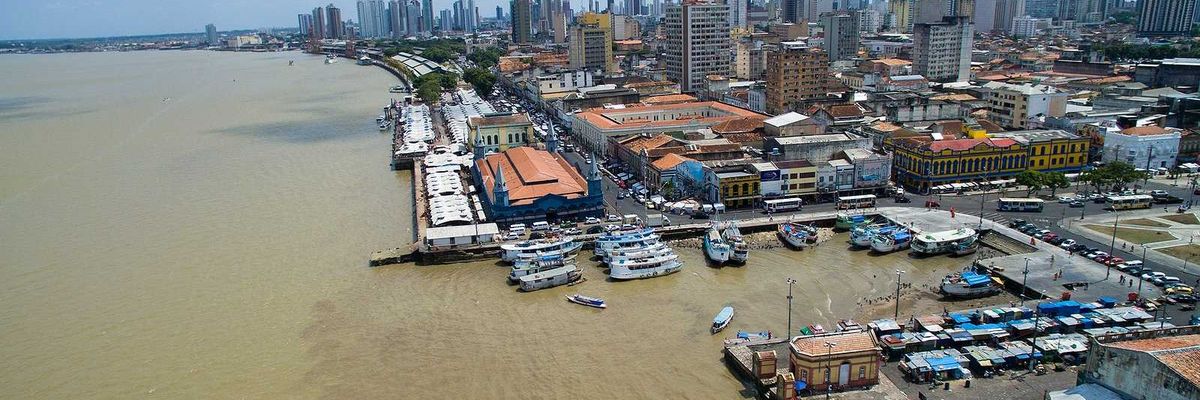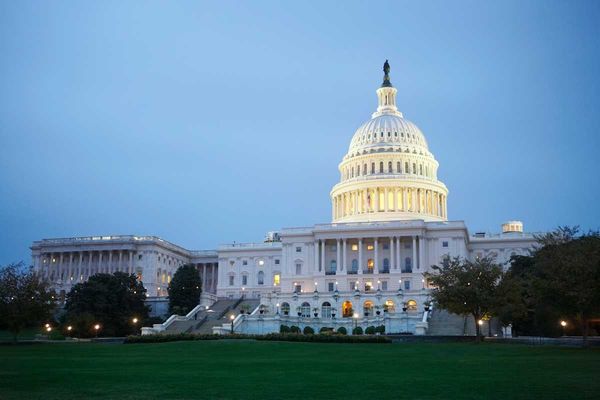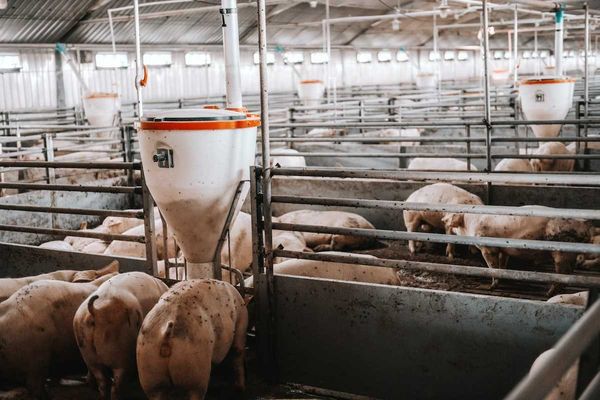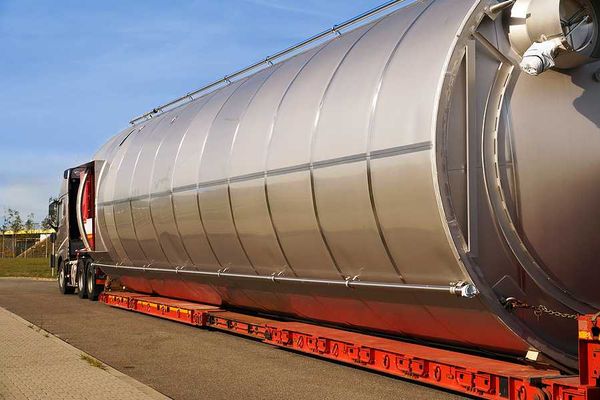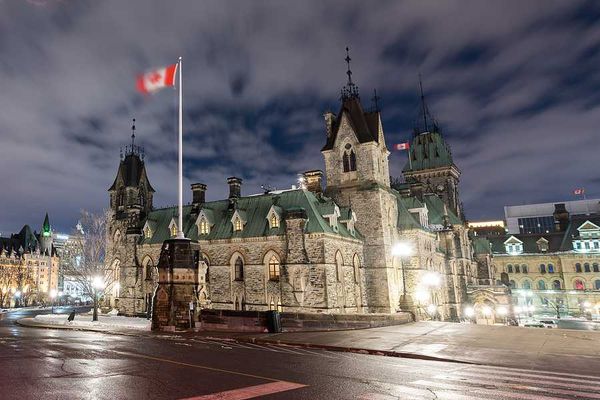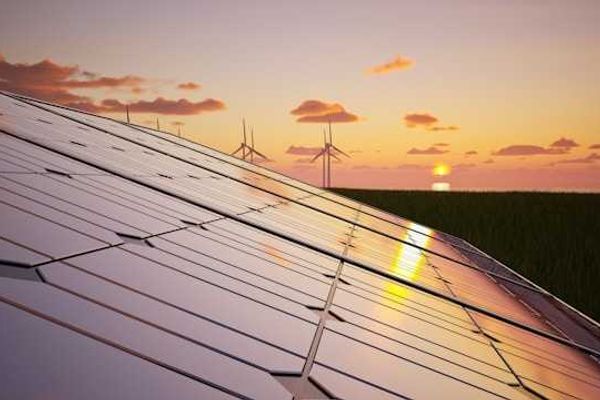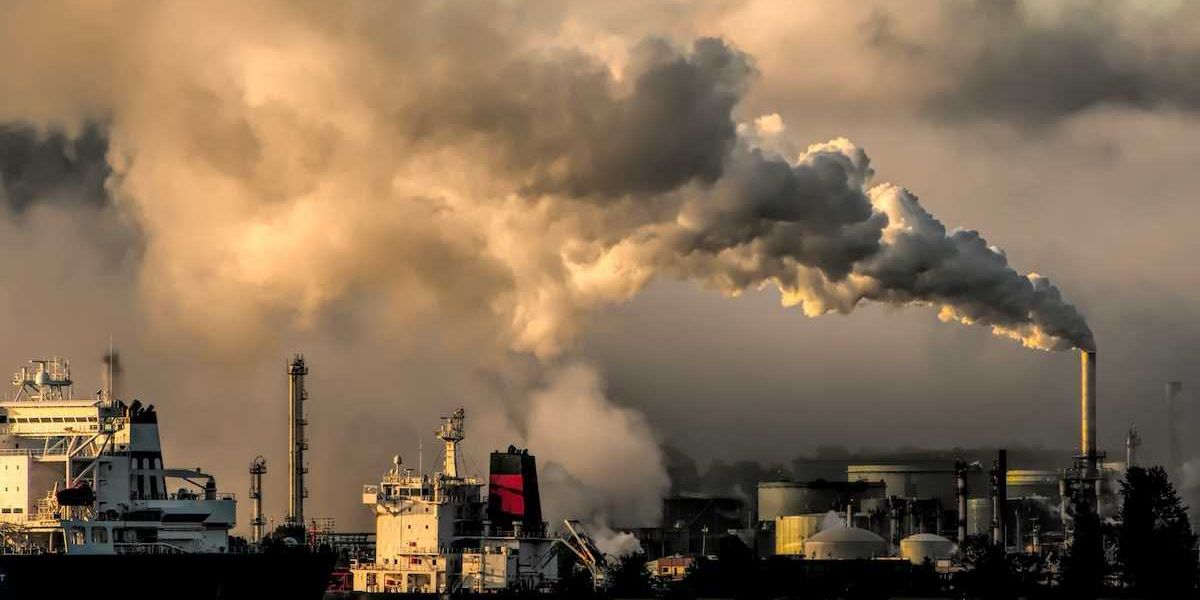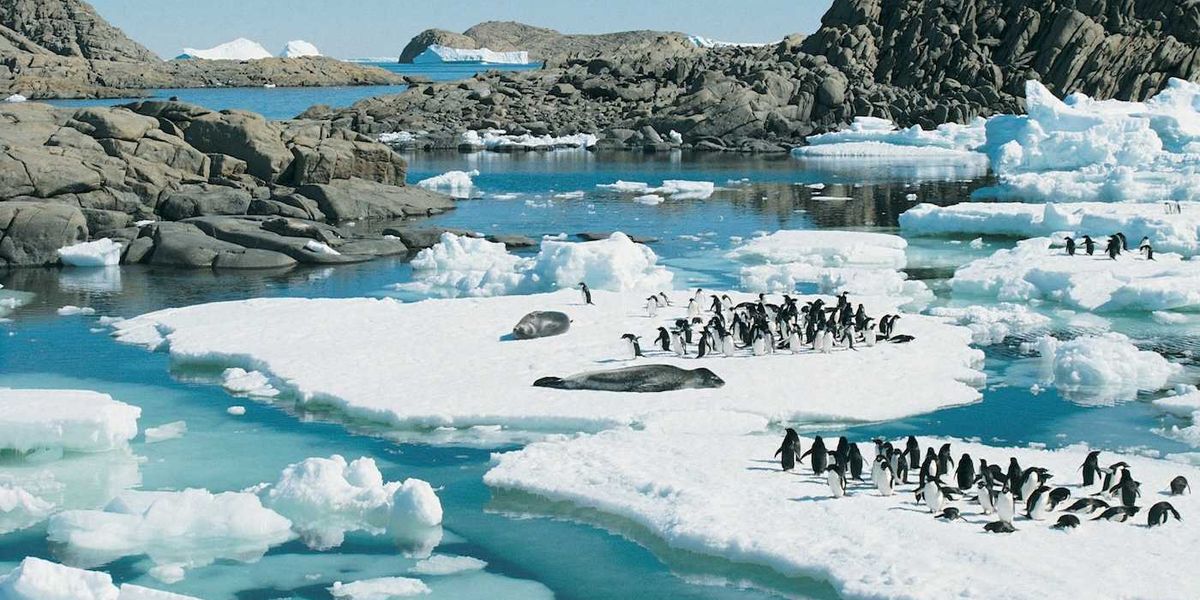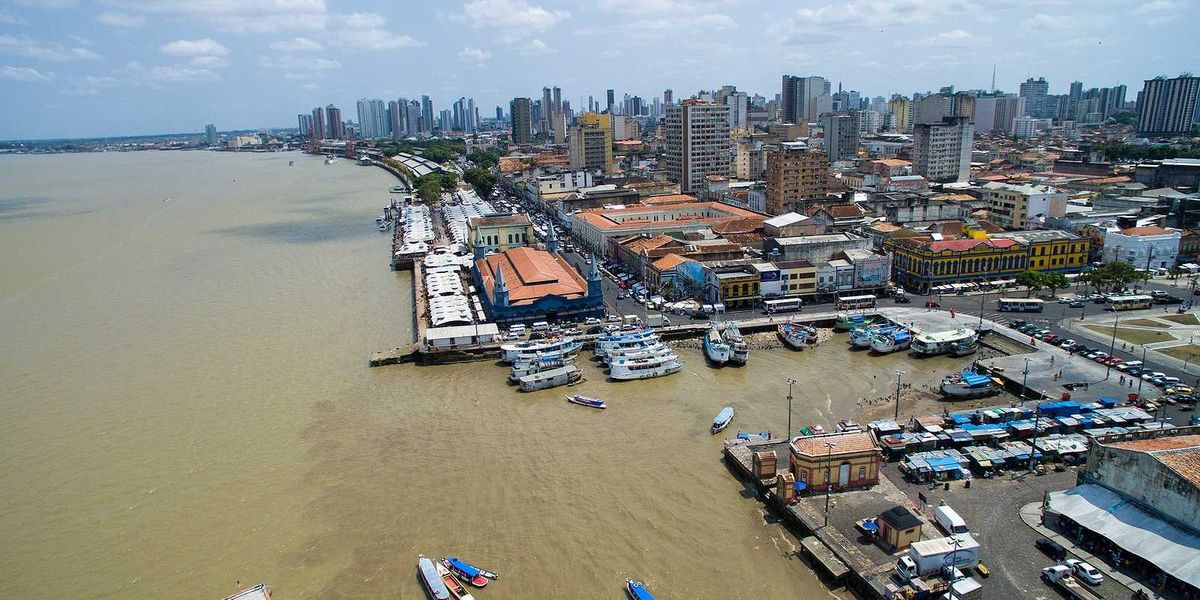climate change
Record-smashing shutdown hits energy, enviro work
Intensive livestock farms fail to declare climate impacts in ‘emissions scandal’
Local councils are giving the green light to large-scale pig and poultry farms with patchy or non-existent climate data.
Industrial gas giants quietly outpace tech and oil companies in power use and emissions
Companies producing everyday gases like nitrogen and oxygen are among the world’s largest electricity consumers, responsible for 2% of carbon emissions in China and the U.S. Despite their massive climate footprint, firms such as Linde, Air Liquide, and Air Products have largely escaped public scrutiny.
How Carney’s first budget impacts the environment
Prime Minister Mark Carney’s budget scales back rules around greenwashing, and hints an oil and gas emissions cap is unlikely. But it introduces a youth climate corps and renews efforts to lift boil-water advisories
$10 trillion in green investments counter Trump’s climate backlash
Climate change ‘is the new liberal arts’: Colleges build environmental lessons into degrees
The University of California, San Diego, is among a growing number of colleges requiring all undergraduates to take courses on climate change, reflecting a shift in higher education toward preparing students in every field to understand and respond to the global climate crisis.
Ethanol plant spills harmful wastewater into Philippine marine reserve
A collapsed wastewater pond at a Philippine ethanol distillery released millions of gallons of chemical-laden water into Bais Bay, endangering marine life in the Tañon Strait Protected Seascape and disrupting livelihoods across nearby fishing communities.

